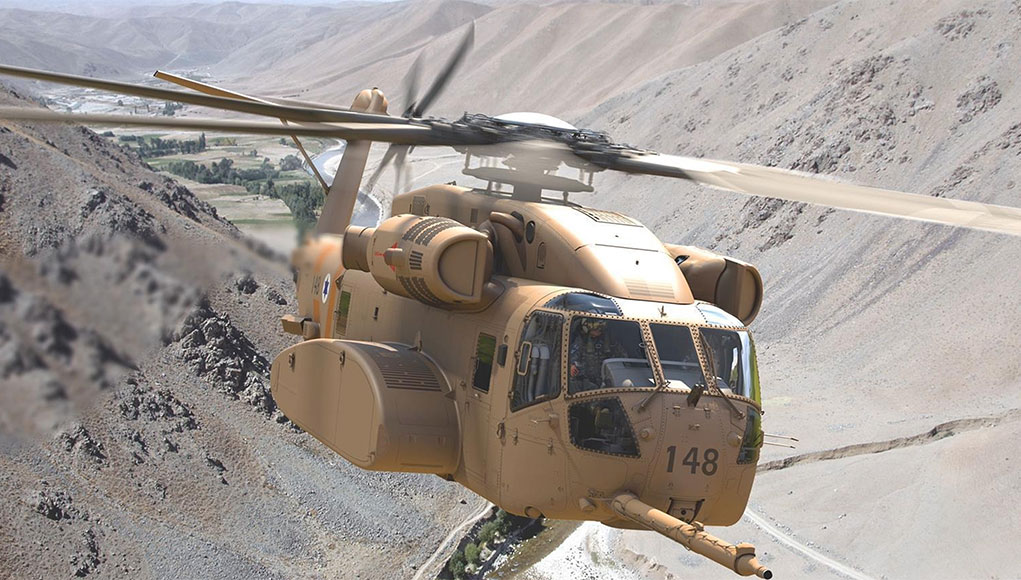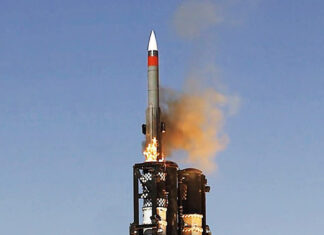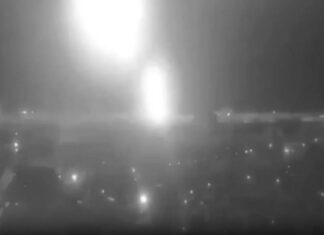Israel has signed an order for more than two billion $ for the purchase of 12 CH-53K helicopters, with an option to purchase six more.
The first helicopters will arrive in Israel by 2026 and will replace the old CH-53D Yasur helicopters, that are planned for decommissioning in 2025.
The CH-53 Sea Stallion was developed by Sikorsky in the USA in the early 1960s. The CH-53A entered service with the Marine Corps in 1966. It was also adapted for special missions as the MH-53 Pave-Low, and served with the US Air Force combat rescue operations during the Vietnam War, where it was known as the ‘Jolly Green Giant’. These special models have been adapted to fly at night and in adverse weather. Over the years, the helicopters were improved with more powerful engines enabling increased carrying capacity. Some were also modified by the US Navy for minesweeping operations.
Israel received the first helicopters of this type in 1969, these were D Models. About 35 were deployed over half a century. IAF CH-53 helicopters are known as ‘Yasur’, they have undergone several phases of mid-life extensions and improvements, the most recent extended their service life through 2025
For their replacement, the Air Force considered two options – the CH-53K helicopter, made by Sikorsky, now part of Lockheed Martin, which succeeds the CH-53E in the service of the US Marine Corps, or the CH-47F Chinook made by Boeing, which was selected by the US Army and some NATO countries.
As mentioned, Israel preferred the CH-53K helicopter. The Knesset receives a brand new helicopter, which is similar in appearance to its predecessor, but is a leap forward in operational capabilities – it is the most powerful helicopter in the world, built for operation in a maritime, desert, and the mountainous environment – factors that often limit the operational capabilities of other aircraft.
The helicopter is powered by three T408 jet engines that drive the 24-meter 7-blade rotor, supporting a maximum take-off weight of about 40 tons. The helicopter can carry a full payload of up to 16.3 tons, including internal and external loads hanging from three hardpoints. Its flight range is three times the range of previous models. It can fly at a speed of about 300 km/h, and climb to an altitude of about 18,000 feet. On an operational flight, it can carry 12 tons of cargo to a radius of 200 km. That is twice over the previous model. For example, it can carry a JLTV armored vehicle weighing more than 10 tons on its sling, with an infantry platoon seated in the cabin. To extend the operating range it is equipped with a refueling probe.
Provided with advanced flight instruments and night vision, aircrews enjoy improved flying capability in degraded vision conditions, which allow for safe landing under brownout conditions, this is the thick dust clouds that the helicopter produces when flying near the ground. Fly By Wire and sophisticated automation help improve the flying and maneuvering capability, and in the future, will allow implementation of autonomous flying capabilities in these helicopters. According to the manufacturer, the CH-53K was designed to allow rapid conversion of maintenance crews who are already experienced with legacy CH-53 helicopters.




















